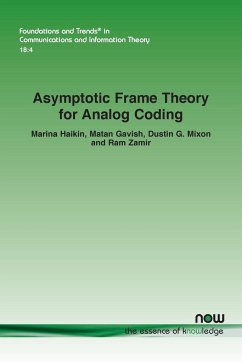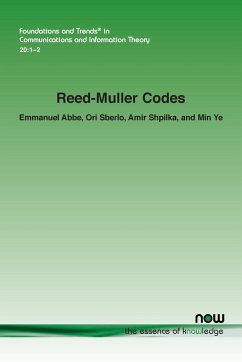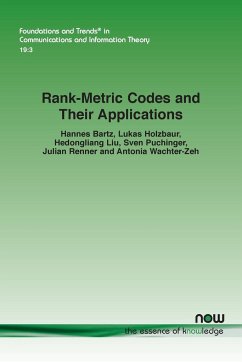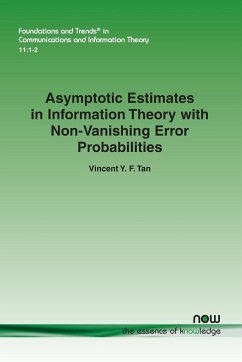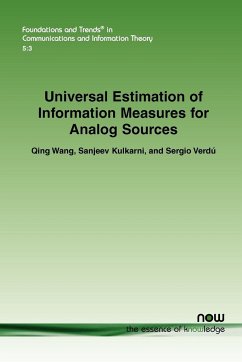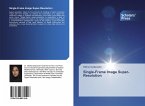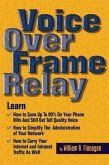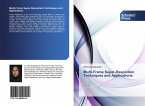Over the past 2 decades, Frames have become tools in designing signal processing and communication systems where redundancy is a requirement. To name just a few, spreading sequences for code-division multiple access, over-complete representations for multiple-description source coding, space-time codes, sensing matrices for compressed sensing, and more recently, codes for unreliable distributed computation. In this book the authors develop an information-theoretic characterization for frame subsets. These subframes arise in setups involving erasures (communication), random user activity (multiple access), or sparsity (signal processing), in addition to channel or quantization noise. Working at the intersection of information theory and neighboring disciplines, the authors provide a comprehensive survey for this new development that can drastically improve the performance of codes used in such systems. The authors begin with an introduction to the underlying mathematical theory, including performance measures, frame theory and random matrix theory. They then proceed with two very important highlights that connect frame theory with random matrix theory and demonstrate the possibility that Equiangular Tight Frames provide superior performance over other classes. This book provides a concise and in-depth starting point for students, researchers and practitioners working on a variety of communication and signal processing problems.
Hinweis: Dieser Artikel kann nur an eine deutsche Lieferadresse ausgeliefert werden.
Hinweis: Dieser Artikel kann nur an eine deutsche Lieferadresse ausgeliefert werden.

